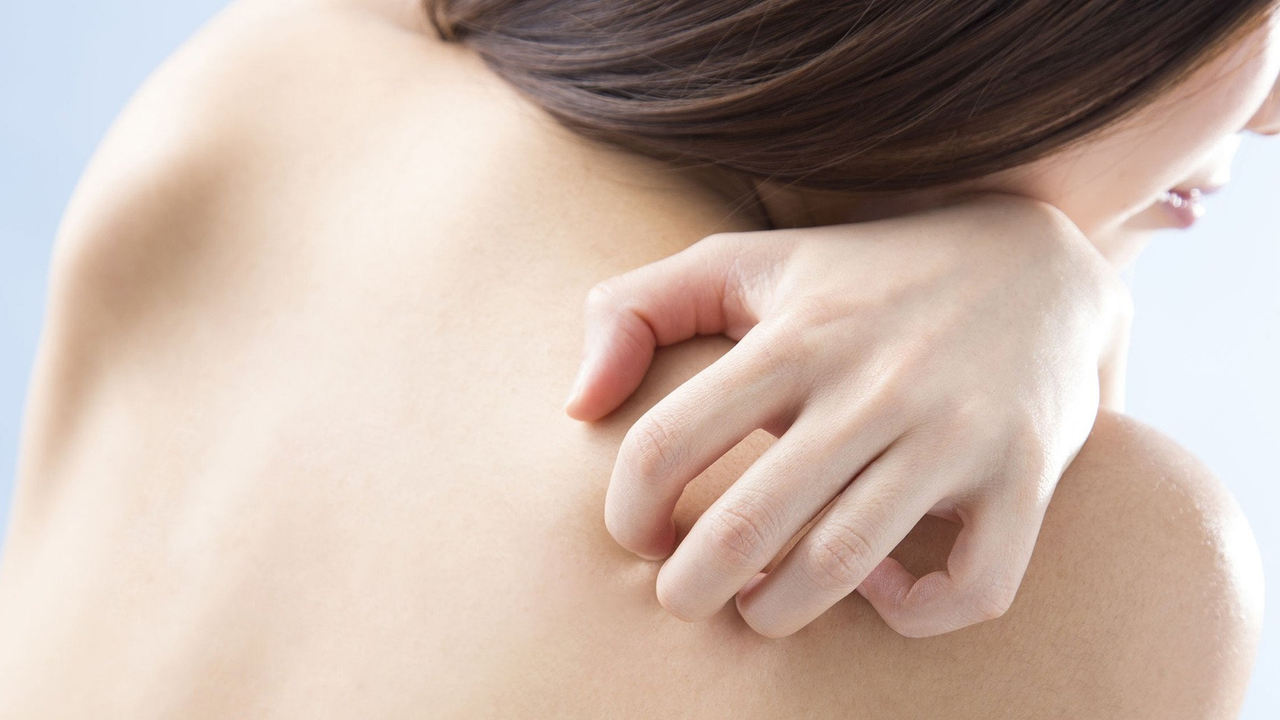August 2023: How to Prevent and Treat Skin Rashes in Athletes
If you spend hours training or competing, skin rashes can feel like an unexpected opponent. They don’t just itch—they can distract you, lower performance, and sometimes lead to infections. The good news? Most rash problems are avoidable with a few smart habits, and if one does appear, the right steps get you back in action fast.
Preventing Rashes on the Field
The first line of defense is clean, dry skin. After every workout, take a quick shower using an antibacterial or antifungal soap—this wipes out sweat‑borne microbes before they set up shop. Swap out sweaty gear for breathable fabrics; synthetic blends that trap moisture are rash magnets. If you must wear tight compression clothing, choose pieces with moisture‑wicking technology.
Shared equipment is another hidden risk. Gym mats, weight benches, and even helmets can harbor fungi and bacteria. Wipe down anything you touch with a disinfectant wipe before and after use. Bring your own towel, gloves, or shin guards whenever possible—personal gear stays personal.
Don’t forget the basics: keep nails short to avoid scratching that spreads irritation, and stay hydrated so your skin stays supple. Hydration helps maintain the skin’s natural barrier, making it less prone to cracks and inflammation.
Treating a Rash When It Happens
If a rash does appear, act quickly. Clean the area with mild soap and cool water, then pat dry—rubbing can worsen irritation. Over‑the‑counter topical creams containing hydrocortisone or zinc oxide calm inflammation and reduce itching. For more stubborn rashes, an antihistamine tablet can help control the allergic reaction.
Sometimes a rash is a sign of infection, especially if you see redness spreading, swelling, or pus. In those cases, a short course of topical antibiotics may be needed, but it’s best to check with a dermatologist or sports medicine doctor first. They can prescribe stronger meds if the rash doesn’t improve within a few days.
While treating, keep the affected skin exposed to air when possible. Loose clothing and breathable shoes prevent further moisture buildup. If you need to cover the area for training, use a clean, non‑adhesive dressing that won’t trap sweat.
Finally, track what triggered the rash. Was it a new pair of socks? A change in laundry detergent? Noting these details helps you avoid repeat outbreaks and fine‑tune your preventive routine.
Rash problems don’t have to sideline you. By keeping skin clean, choosing the right gear, and responding fast when irritation strikes, you stay focused on the game instead of scratching it out.

How to Prevent and Treat Skin Rashes in Athletes
Finnegan O'Sullivan Aug 1 14In today's post, we're playing defense against one of the unsung villains of the sports world - skin rashes for athletes. Now, you might think, "Rashes, really? I'm a champion, not a baby!" But hey, even champions can fall victim to these pesky skin invaders. Prevention is key, folks! Maintaining personal hygiene, using antifungal or antibacterial soaps, avoiding shared equipment and wearing breathable fabrics can help keep rashes at bay. And if, despite your best efforts, you still end up with a rash, there's no need for panic - topical creams, antihistamines, and a good old chat with a dermatologist should get you back in the game in no time!
More Detail